Introduction
Every brand, film, game, and media project sends messages before a single word is read.
The colours, shapes, fonts, and visuals someone sees in the first few seconds shape their opinion, spark feelings, and build expectations.
This is the power of visual identity.
In this lesson, we’ll learn about:
- The purpose of visual identity
- The component features of visual identity

What is Visual Identity?
Visual identity is the visual personality of a brand, person, project, or product.
It’s the collection of design choices that make something instantly recognisable without needing to read its name.
Think of it as a “visual voice”. It communicates mood, purpose, and values through appearance rather than words.
For example, a superhero film poster feels bold and dramatic, while a meditation app looks soft and calm.
Neither style is accidental. Each is designed to create a reaction.
When you see a design, do you instinctively feel excited, curious, or reassured?
That feeling is visual identity doing its job.
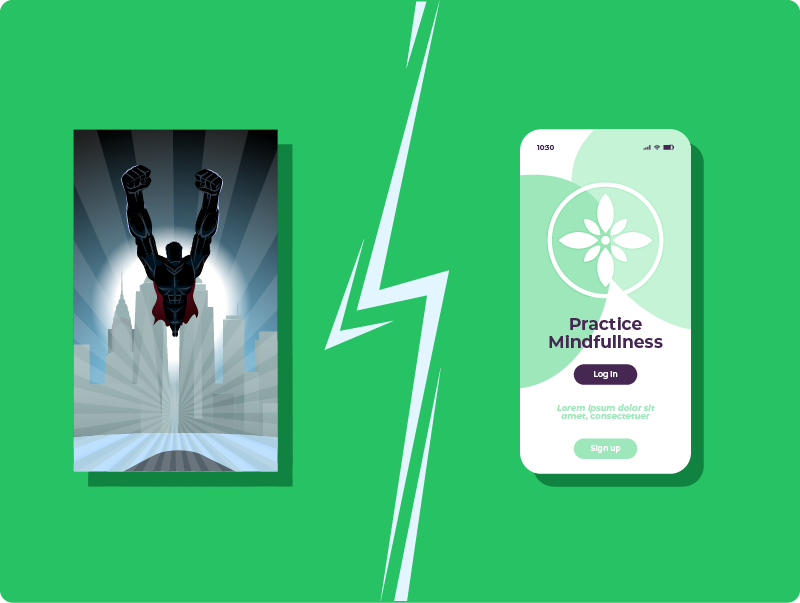
The Purpose of Visual Identity
Visual identity shapes first impressions.
You often judge something in seconds before reading a single word.
A strong visual identity can:
- Improve recognition & familiarity
- Help establish a brand
- Develop brand loyalty
- Communicate visually with audiences/consumers
Let’s look at each of these purposes of visual identity in more detail.
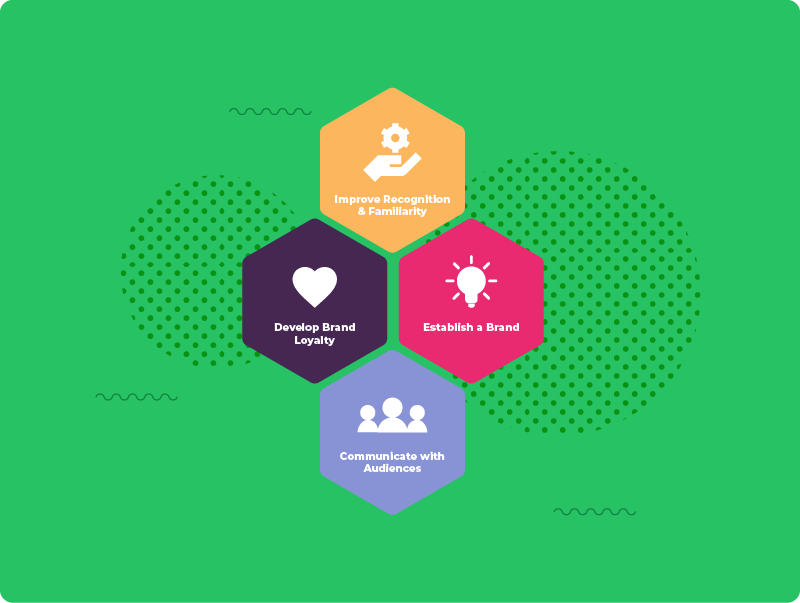
Recognition & Familiarity
Visual identity helps a brand become instantly recognisable.
When colours, fonts, logos, and layout styles are used consistently, they act like visual clues the brain remembers.
Over time, audiences stop needing to consciously read a name: the design itself carries meaning.
This is why some brands are recognised by colour alone, or by the shape of a logo without any text.
In creative media, recognition matters because audiences sift through huge amounts of content quickly.
A memorable visual identity helps work stand out and be recalled later.
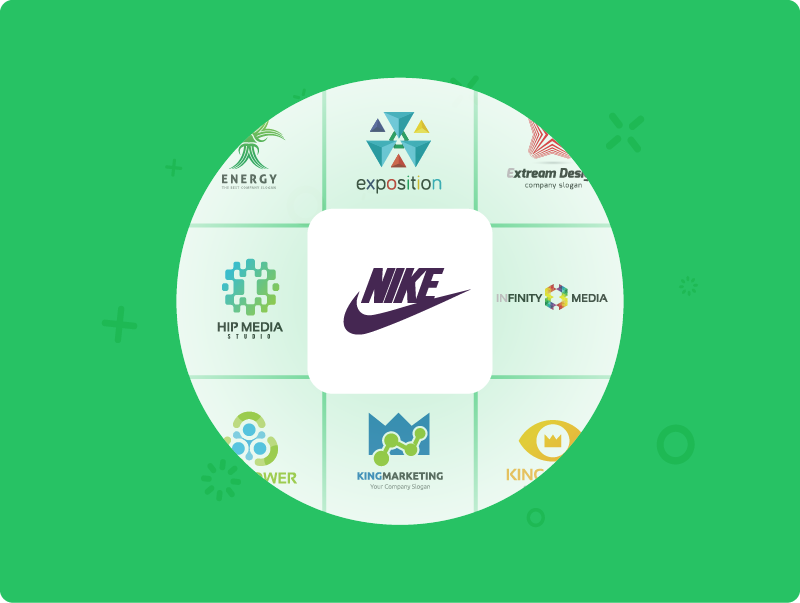
Establish a Brand
Before a brand can be understood, it has to be presented.
Visual identity sets the tone from the very first impression.
It communicates what the brand is about, who it’s for, and how it wants to feel. All without a conversation taking place.
A bold, high-energy identity might introduce something playful or daring, while a minimalist one might suggest professionalism or calm.
These early signals guide audience expectations.
In creative media, this is crucial because first impressions form fast and are hard to reset.
Good visual identity gives a brand a clear place to begin.

Develop Brand Loyalty
Loyalty grows when something feels familiar, dependable, and emotionally meaningful.
When a visual identity stays consistent, it builds recognition into trust, and trust into connection.
Over time, audiences don’t just remember the brand, they feel something about it.
That emotional response might be excitement, comfort, inspiration, or reassurance.
Designers use visual identity to create positive experiences that audiences want to repeat.
This is how viewers become fans, listeners become followers, and one-time customers become loyal communities.

Visual Communication with Audiences
Visual identity communicates ideas instantly, often faster than words can.
Colour tones can express mood, typography can imply personality, imagery can signal audience, and layout can create energy or calm.
A poster, logo, or interface can say “premium,” “fun,” “edgy,” or “friendly” without writing those words anywhere.
This is especially powerful in creative media because audiences often decide how they feel in seconds.
Visual identity becomes a form of silent storytelling; speaking to emotions, intentions, and expectations before any written message appears.

Component Features of Visual Identity
Visual identity is made up of tangible elements that audiences can recognise, remember, and connect with.
These features often work together, forming the first layer of how a brand introduces itself visually.
The most essential components include:
- Name
- Logo
- Slogan/strap line
For example: Spotify’s name, wave logo, and slogan ‘Listening is Everything’ work together as one visual identity.
Let’s look at each of these component features in more detail.
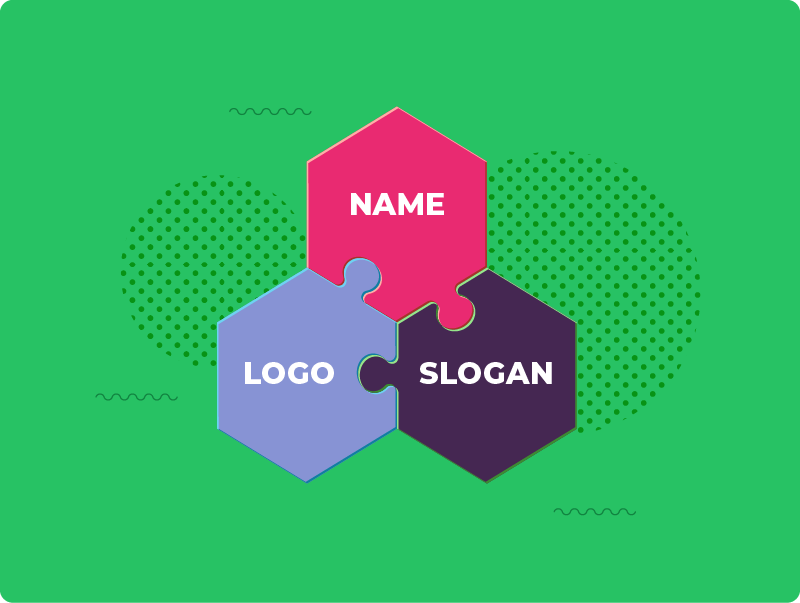
Name
A brand name is often the very first thing an audience encounters.
It needs to be distinctive, easy to remember, and suited to the personality of the brand.
Names can hint at purpose (like Innocent Drinks suggesting purity), create a feeling (like Netflix implying internet-based films), or simply be unique enough to stand out.
In creative media, names also need to look good when written, as they’ll appear in posters, thumbnails, social posts, and more.
If someone hears the name once, could they remember it later? That’s the real test of a strong name.

Logo
A logo is a visual symbol or piece of stylised text that represents the brand.
Unlike a name, a logo communicates through shape, colour, and style rather than meaning alone.
Logos are designed to be instantly recognisable and versatile, working on everything from tiny app icons to giant billboards.
They often become the quickest mental shortcut to identifying a brand.
The best logos feel simple, intentional, and connected to the wider visual identity.
Think about the logos you could sketch from memory. What makes them stick?

Slogan/Strap Line
A slogan (or strap line) is a short, memorable phrase that communicates a brand’s purpose, attitude, or promise.
It supports the name and logo by adding words that create personality or emotional impact.
For example, Nike’s well-known strap line “Just Do It” communicates motivation, confidence, and action in only three words.
Good slogans are brief, meaningful, and repeatable.
They’re almost like verbal logos.
In creative media, slogans can help set mood in seconds, especially on posters, adverts, and video intros.
If the brand could speak in one short sentence, this would be it.
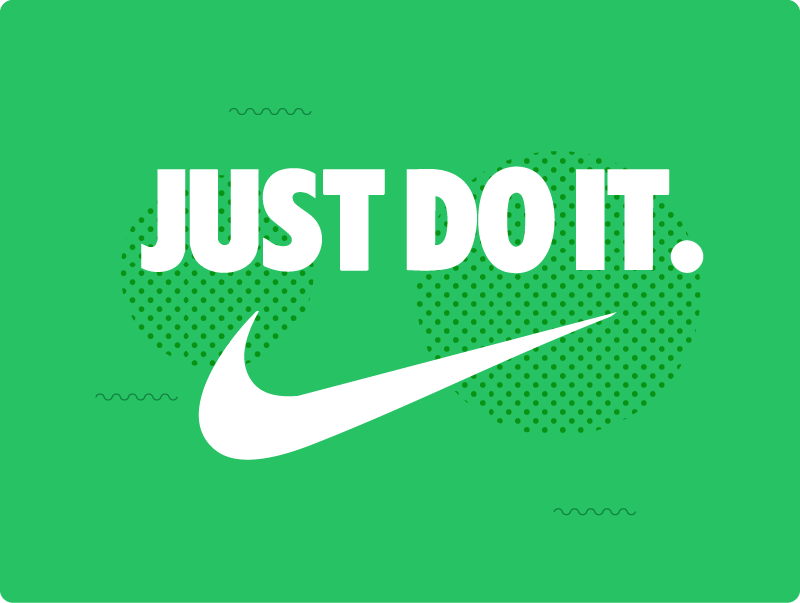
Lesson Summary
Visual identity is the visual personality of a brand that helps audiences recognise and connect with it quickly.
Its key purposes are to build recognition, establish a brand, develop loyalty, and communicate meaning without words.
Strong visual identity shapes first impressions and helps audiences understand tone, purpose, and values instantly.
The core components of visual identity are the name, logo, and slogan or strap line.
When these elements are consistent and intentional, they help a brand stand out and connect with its audience.
